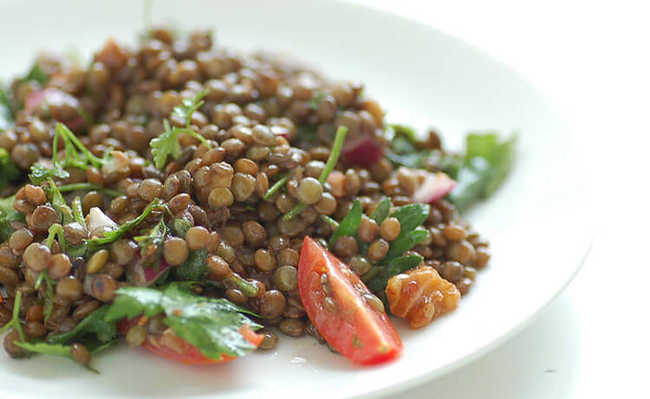Transgenic corn: what is it and harms
The consumption of transgenic corn can cause risks that are difficult to measure

Phoenix Han image in Unsplash
Transgenic corn is the one that had its genetic material modified, as it received DNA from one or more beings that would not cross naturally. This change is made through the intervention of genetic engineering techniques. The generation of transgenics seeks to obtain new or improved characteristics in relation to the original living being.
In the case of transgenic food, the embryo is modified by the insertion of a gene from another species, in order to modify its characteristics so that the plants, in their cultivation, can be more resistant to pests, insects, fungi, pesticides, insecticides and herbicides , which sometimes end up killing the plants of interest.
- Learn how to make natural insecticide and pest control in the garden
Corn is one of the most consumed transgenic foods in the world and the most produced in Brazil, and is the main example of the manipulation of species by man. Creole corn barely resembles current corn. The ears were smaller, colored and asymmetrical. Through genetic improvement, corn reached its current form.
Transgenic corn is called Bt corn, due to the introduction of soil bacteria genes Bacillus thuringiensis, which promotes the production of a toxic protein in the plant, specific to combat certain types of insects, making the food resistant to these species. The protein is harmful against lepidopteran insects, such as caterpillars, which are the main pests in corn cultivation. The ingestion of this toxin by the caterpillar alters the osmotic balance of its cell, inhibiting food intake and leading to the insect's death.
- Corn and fructose syrup: tasty but careful
According to the Brazilian Agricultural Research Corporation (Embrapa), the toxin produced by Bacillus thuringiensis it only becomes active when ingested by the insect - since it needs alkaline conditions to be activated and these conditions are only found in the digestive tract of caterpillars. In humans, in turn, the toxin is degraded, since the pH of our intestines is acidic.
However, we cannot say that transgenic food is safe for human consumption and for nature.
- What are transgenic foods?
Although there is not enough scientific information about all the effects of transgenics on human health, some factors could be observed. When a gene from one being is inserted into another, there is the formation of new compounds in that organism, and the production of new allergenic proteins or substances that would cause toxic effects not identified in preliminary tests may occur. Thus, the ingestion of genetically modified foods can cause allergic reactions in predisposed people. Another counterargument is that some transgenic foods may contain genes from bacteria that confer resistance to antibiotics, which can reduce the efficiency of these drugs in the body - even if the chance of this happening is minimal, there is a possibility. There are also studies that say that GMOs are more likely to cause cancer.
However, the consumption of transgenic food is not a total loss. These foods can be enriched with an essential nutritional component, obtaining tastier and nutritionally rich foods.
In view of the pros and cons of these foods, while there is not enough safe regulation, the consumer ends up choosing to consume transgenic, as it is cheaper and/or more available than organic food.
- Healthier and more nutritious, organic food is a great option
- Organic urban agriculture: understand why it's a good idea
It is worth fighting for packages to be mandatorily identified if they contain any type of transgenic product. The description of the composition of the food and the gene that was inserted must be informed on the package, so that you can decide whether or not to consume transgenic corn. After all, it can also be present in beer and other processed foods like snacks and sauces.










